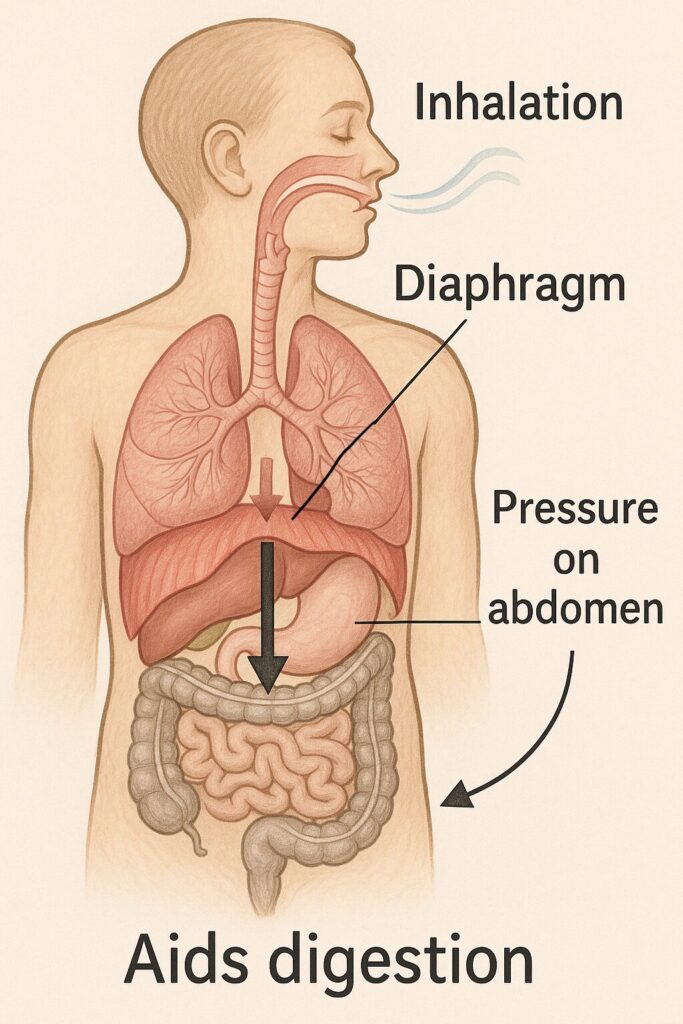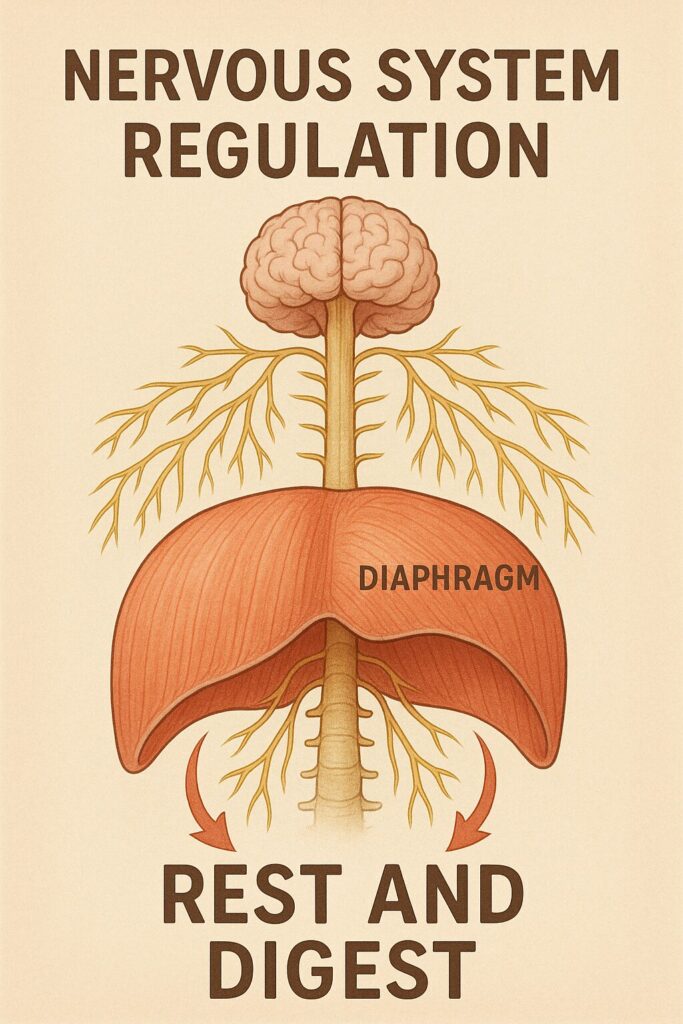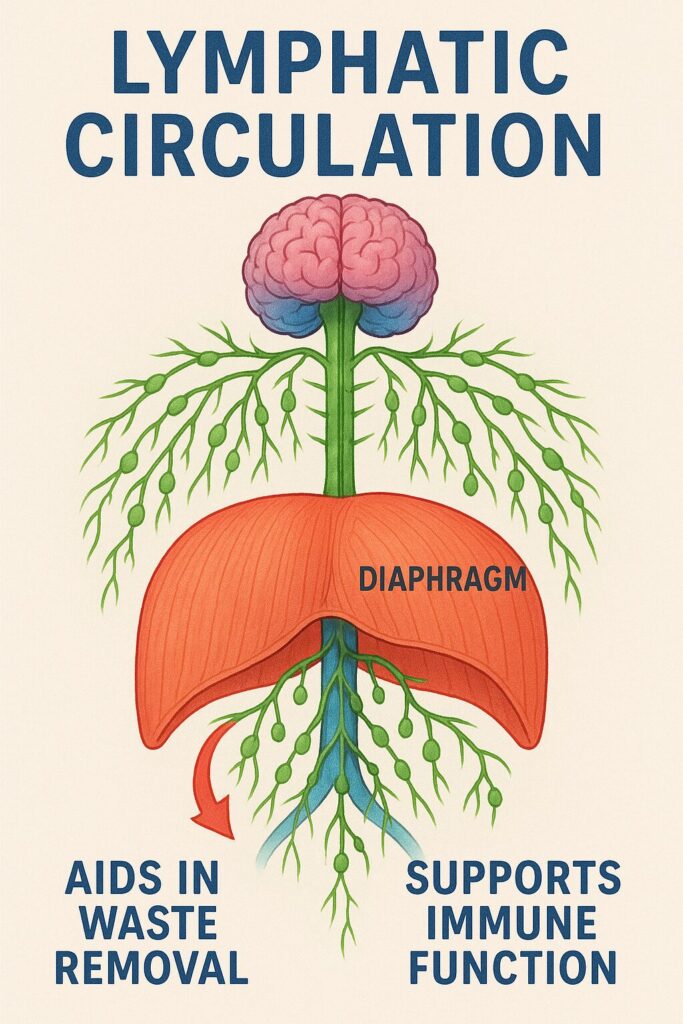Do you know how your diaphragm really works? Why it is Important?
The diaphragm is a pretty amazing muscle and has many functions that we would not associate with the diaphragm or with breathing itself. Please read below to find out more about the 5 main ways that the diaphragm works and how this is important to our function daily.
Please Contact us if you have more questions or would like to have your breathing assessed to determine how it can help improve your athletic performance, as well as daily functioning and pain management.
- DIGESTION
Your diaphragm plays a key role in supporting healthy digestion. It stimulates movement in the digestive tract and relieves bloating.
With each deep breath, it helps stimulate movement in the digestive tract by exerting gentle pressure that aids peristalsis—the wave-like motion that moves food through the intestines.
Deep diaphragmatic breathing can also help relieve bloating and digestive discomfort.


2. NERVOUS SYSTEM REGULATION
The diaphragm is closely linked to the nervous system through its connection with the phrenic and vagus nerves.
Controlled breathing techniques can activate the parasympathetic (rest and digest) response, reducing stress, improving emotional balance, and enhancing heart rate variability.
It’s a natural way to calm the body and mind.
3. LYMPHATIC CIRCULATION
Beyond oxygen exchange, the diaphragm also assists in circulating lymph—a clear fluid that helps remove waste and toxins.
Its rhythmic motion during breathing helps propel lymph through the body, supporting immune function and reducing swelling or fluid buildup.


4. CARDIOVASCULAR SUPPORT
As you inhale, your diaphragm creates a vacuum that helps draw blood back to the heart, improving venous return.
This not only boosts circulation but also reduces the heart’s workload, making the cardiovascular system more efficient—especially important during physical activity.
5. CORE STABILITY AND POSTURE
Anchored to the lower ribs, spine, and sternum, the diaphragm works in harmony with the pelvic floor and abdominal muscles to stabilize the core.
This support is essential for maintaining posture, managing intra-abdominal pressure, and protecting the spine during movement and exercise

CONCLUSION
The diaphragm is far more than a breathing muscle—it’s a central player in digestion, circulation, nervous system balance, and postural support.
Understanding its many roles can help you appreciate the profound impact that proper breathing and diaphragm function have on your health and well-being.
